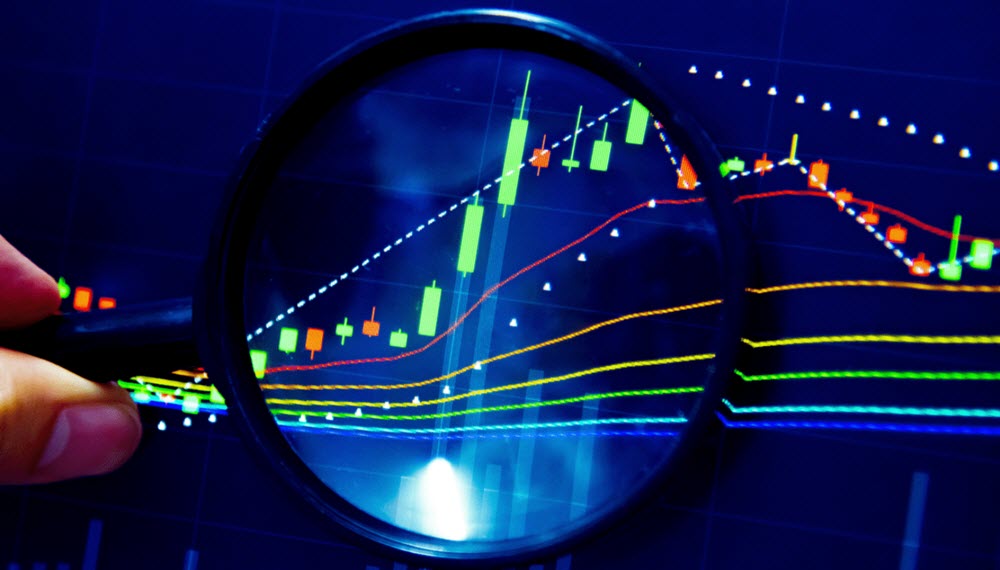Contents
Spread betting. An alternative to poker if you want to make money.
In the world of financial gambling, spread-betting is a risky but potentially also very profitable choice. Today, there are many financial trading sites available online that offers spread-betting, making it more accessible than ever before.
When you engage in spread-betting, you never actually buy and sell the underlying assets, e.g. company shares, bonds or foreign currency. Instead, the trading site is your counterpart and you and the site are essentially making a wager among yourself.

Common underlyings for spread betting
Almost anything that fluctuate can be used for spread betting, even things such as weather or record sales.
Here are a few examples of things that are often used for spread betting on speculation sites online:
- Foreign currency exchange rate (e.g. USD to EUR)
- Cryptocurrency exchange rate (e.g Bitcoin to Litecoin)
- Currency exchange rate for fiat currency – crypto currency (e.g. USD to Bitcoin)
- Commodity price, e.g. gold, silver, platinum, crude oil, coffee
- Share price
- Bond price
- Price of derivatives, such as options, futures, exchange-traded futures (ETFs)
Example
Please note that each broker can set their own rules for what they market as spread betting. It is therefore very important to read the fine print and find out the terms and conditions for the exact transaction that you wish to do, rather than rely on “how it usually is”. The examples below are just examples; not steadfast rules that all brokers must adhere to.
Example #1
The trading site (for historical reasons often referred to as broker even when not actually brokering anything) quotes 175.00 – 177.00 USD for Facebook, Inc. Common Stock (NASDAQ: FB) for the end of the current trading day. Thus, the spread is 175 – 177.
You believe that the share will finnish higher than 177, so you buy 100 USD per point movement at 177.
At the end of the day, the share price ends at 181, which is four points higher than 177.
You get paid 100 USD x 4 points = 400 USD.
Example #2
The trading site quotes 175.00 – 177.00 USD for Facebook, Inc. Common Stock (NASDAQ: FB) for the end of the current trading day. Thus, the spread is 175 – 177.
You believe that the share will finnish higher than 177, so you buy 100 USD per point movement at 177.
At the end of the day, the share price ends at 174, which is below the spread and three points lower than 177.
This costs you 100 USD x 3 points = 300 USD.
No need for a huge bankroll
There are many reasons why spread-betting is so popular, and different traders have their own reasons for chosing spread-betting over other forms of speculation and investments. One main reason that you will hear from a lot of spread-betting professionals is that they like to be able to gain exposure to price movements without actually having to come up with the money to buy the underlying asset.
For instance, trading directly in shares or commodities can require a large bankroll. One extreme example is the share Berkshire Hathaway Inc. Class A (NYSE: BRK.A). At the time of writing, purchasing one such share will cost you over 309,000 USD. (Yes, that is threehundred and nine thousand United States dollar for just one share.) And then the broker will charge you a commission for that huge trade.
Even if we go to less extreme examples, one Class A share in Alphabet Inc (NASDAQ: GOOGL) still costs over 1,209 USD as I’m writing this, and if I want to buy a few shares in Apple Inc I need to pay almost 200 USD per share.
If I have reason to believe that NYSE: BRK. A will be going up a bit, but doesn’t have plenty of millions laying around to invest in the company, I can use spread-betting instead to gain the same exposure to a small price movement.